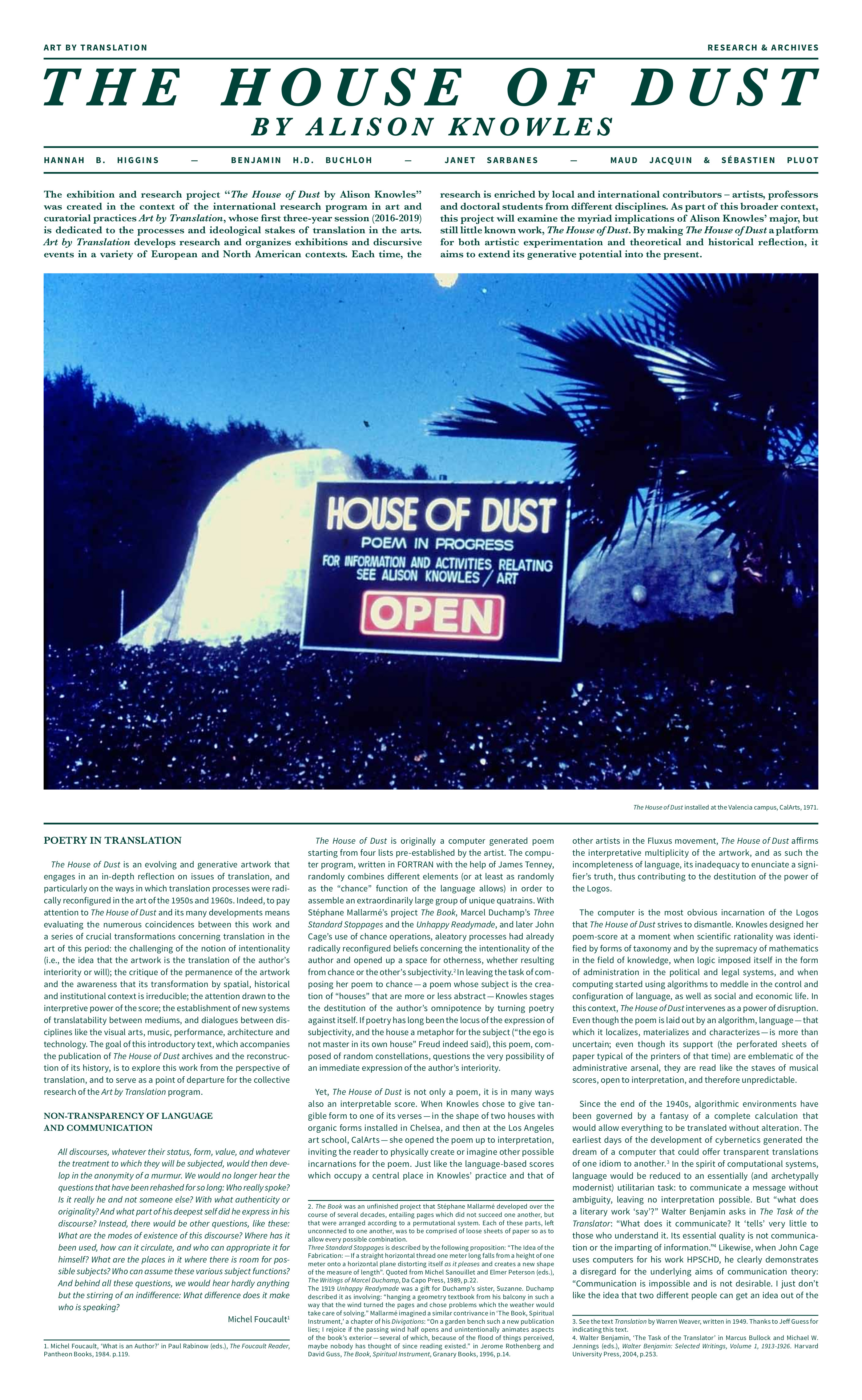Ardengo Soffici: BÏF§ZF+18: Simultaneità e chimismi lirici (1915–) [Italian]
Filed under artist publishing | Tags: · avant-garde, futurism, poetry

“BÏF§ZF+18 Simultaneità e Chimismi lirici [BÏF§ZF+18. Simultaneity and Lyrical Chemistry] is a poetry book and artist’s book published in 1915 by the Italian futurist Ardengo Soffici. Despite its rarity, the book has become famous as one of the finest examples of futurist ‘words-in-freedom’, and has been described as ‘absolutely the most important book that came out of Florentine Futurism’.
The book is divided into two roughly equal halves; the first, Simultaneità, contains 12 ‘simultaneous’ poems laid out in standard typography; the second section, Chimismi lirici, contains 10 poems that use multiple fonts, signs, adverts, brand names, repetition and onomatopoeiac devices that are contemporaneous to Marinetti‘s similar experiments in Zang Tumb Tumb, and prefigure Marinetti’s later, more abstract Les mots en libertés futuristes, 1919.” (Wikipedia)
First published by Voce, Firenze, 1915.
New, expanded edition
Publisher Vallecchi, Firenze, 1919
110 pages
via Bibliothèque Kandinsky
Commentary: Dirk Vanden Berghe (2012).
PDF (25 MB)
Comment (0)Fred Moten, Wu Tang: Who Touched Me? (2016)
Filed under artist publishing | Tags: · performance, performance art, poetry

“Who Touched Me? is a compilation of research by Fred Moten and Wu Tsang, who together cohabit the roles of poet and performance artist. The publication traces the development of their sculptural performance Gravitational Feel, which was yet to be realized at the time the book was due to print. This book introduces the reader to this work in its virtual state, while tracing Moten and Tsang’s lived experience of collaboration through a body of text, which is composed of email correspondence, notes, poetry, fragments of essays, and transcriptions of earlier collaborative work. Together these entwined texts create a new socio-poetic form. To quote from the book’s pages, ‘The research/experiment is in how to sense entanglement.'”
Introduction by Frédérique Bergholtz and Susan Gibb
Publisher If I Can’t Dance, I Don’t Want To Be Part Of Your Revolution, Amsterdam, 2016
Performance in Residence series
ISBN 9789492139061, 9492139065
61 pages
PDF (9 MB)
Comment (0)Alison Knowles: The House of Dust (2016)
Filed under catalogue | Tags: · architecture, digital poetry, poetics, poetry

“Alison Knowles’s The House of Dust is among the earliest computerized poems, consisting of the phrase “a house of” followed by a randomized sequence of 1) a material, 2) a site or situation, a light source, and 3) a category of inhabitants taken from four distinct lists. In 1968, the computer-generated poem was translated into a physical structure when Knowles received a Guggenheim fellowship to build a house in Chelsea, New York. This architecture was later destroyed, restored and moved to Cal Arts Burbank, California, where Knowles was invited to teach in 1970-72. She enjoyed teaching her classes in the House and invited artists to interact with with its open structure by creating new works.
Reactivating the pedagogical model proposed by The House of Dust (and by Fluxus with which Knowles was associated), this project at CUNY’s James Gallery is the outcome of collaboration between artists and scholars in disciplines including art, architecture, poetry, literature, music, computer science, and performance.”
Publisher The James Gallery, The Graduate Center, CUNY, New York
16 & 12 pages
via Art by Translation
PDF (Research Journal)
PDF (Exhibition Journal)

